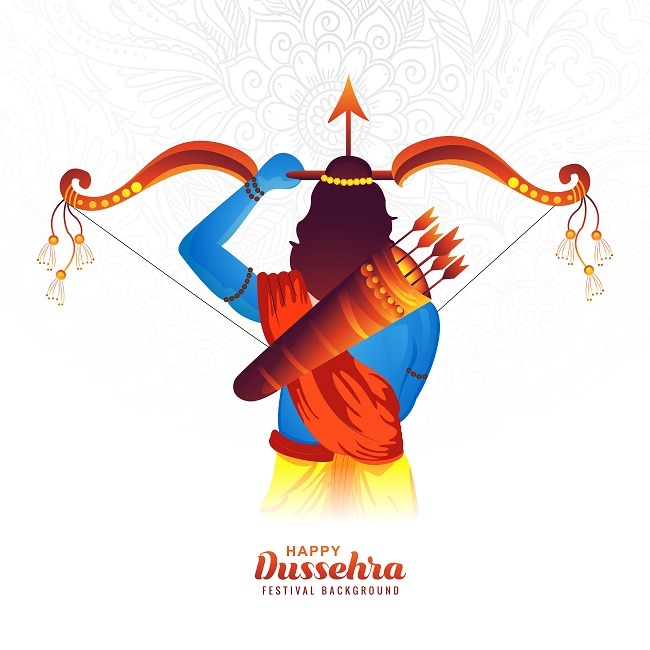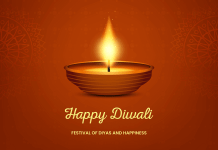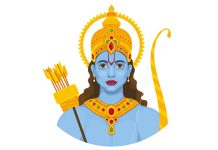
Dussehra, a festival celebrated with great enthusiasm across India, is not just a day of grand processions and the symbolic burning of effigies. It is also a time when the age-old traditions and legends of the Ramayana come to life through the medium of Ramlila, a form of theatrical performance. This article delves into the cultural impact of Ramlila performances during Dussehra, exploring how this ancient art form has left an indelible mark on Indian culture and storytelling.
1. The Essence of Ramlila:
– Ramlila is a theatrical reenactment of the Ramayana, the epic that narrates the life and adventures of Lord Rama. The performances typically begin a few days before Dussehra and continue until the festival’s culmination.
2. Regional Diversity:
– Ramlila performances vary across regions, with each state adding its own unique touch. From the grandeur of Varanasi’s Ramlila to the simplicity of Himachal Pradesh’s Kullu Ramlila, the diversity is staggering.
3. Traditional Storytelling:
– Ramlila preserves the art of oral storytelling. It is an accessible and engaging way for people, young and old, to become familiar with the rich narrative of the Ramayana.
4. Historical Significance:
– Ramlila has a long and storied history. It dates back to the 16th century when it was initiated by Tulsidas, the author of the Ramcharitmanas. The performances have since evolved, blending traditional elements with modern theatrical techniques.
5. The Art of Characterization:
– One of the strengths of Ramlila is its meticulous characterization. The actors take on the roles of deities and demons, emulating their characteristics and qualities.
6. Music and Dance:
– Music and dance play a pivotal role in Ramlila. The performances are often accompanied by melodious bhajans (devotional songs) and choreographed dances that bring vibrancy to the storytelling.
7. Community Participation:
– Ramlila is a community event, often organized and performed by local artists and volunteers. It serves as a platform for social cohesion and unity within communities.
8. Social Commentary:
– Beyond religious and cultural significance, Ramlila often includes social commentary, addressing contemporary issues and challenges in the form of satire and humor.
9. Contemporary Relevance:
– Ramlila’s themes of righteousness, dharma (duty), and the triumph of good over evil remain relevant to this day, making it an enduring form of storytelling.
10. Preserving Tradition:
– The tradition of Ramlila continues to thrive due to the dedication of generations of artists and volunteers who ensure that the stories of Lord Rama and his epic adventures are passed down through the ages.
In Conclusion:
Ramlila has not only retained its cultural significance but has also evolved and adapted to modern times. As Dussehra approaches, Ramlila performances remind us of the timeless teachings of the Ramayana and the power of storytelling in connecting people to their cultural and spiritual heritage. The impact of Ramlila on Indian culture remains profound, enriching the festival season with its captivating tales and vibrant performances.



























































